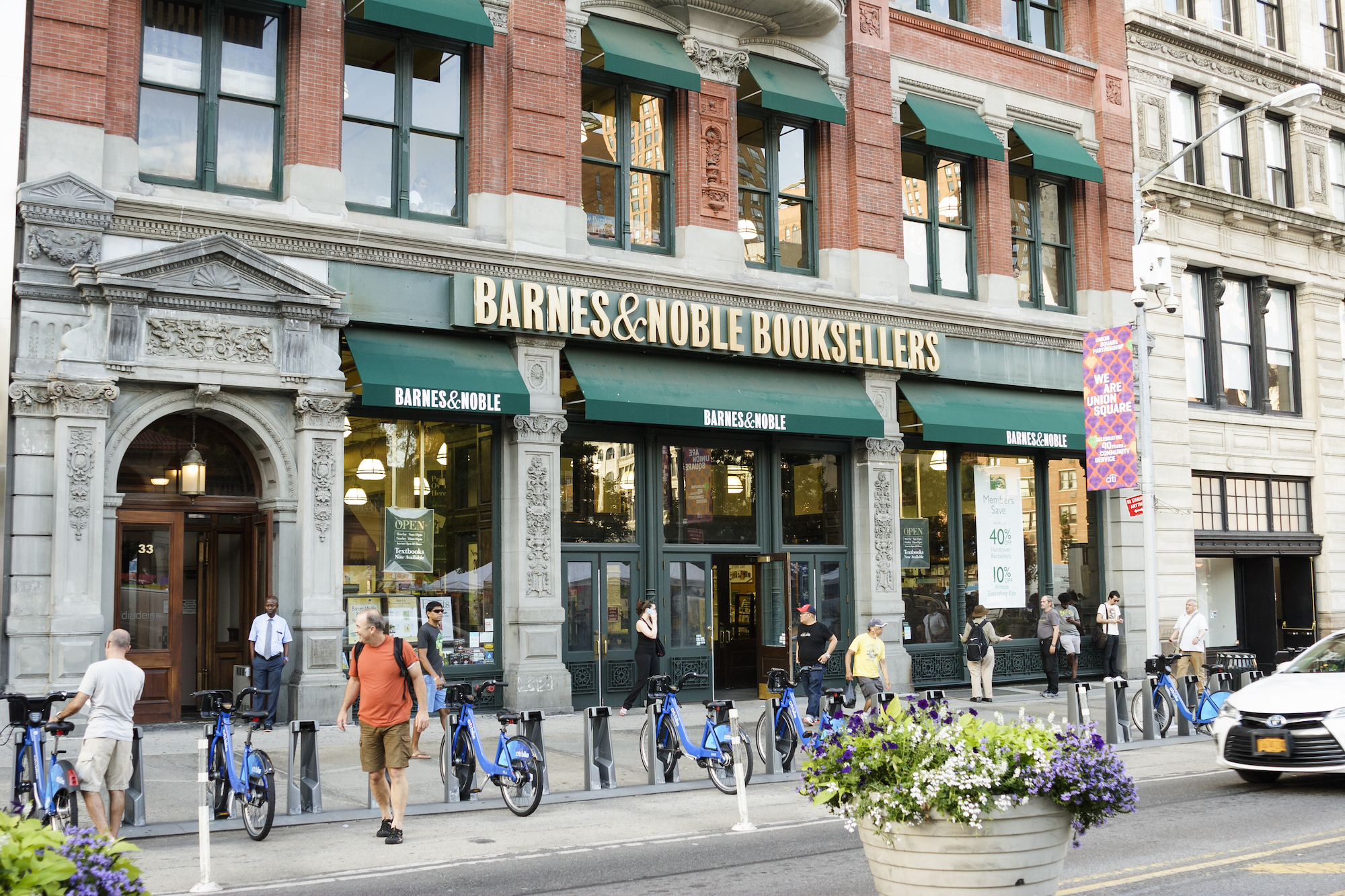Barnes & Noble’s new approach to store formats and localization reinvigorates the retailer
As we emerge slowly but surely into post-pandemic life, the retail sector is poised for a revived new normal. While months of online shopping had an unmistakable impact on consumer behavior, driving a 44% rise in e-commerce, brick-and-mortar still remains strong.
More than three-quarters of U.S. retail sales still occur in stores, and 71% of consumers plan to shop in physical locations at least weekly this Spring. As Joel Bines, managing director of consulting firm AlixPartners noted in an interview for CNBC: “The ecosystem of a store is going nowhere. At a macro level, the store is still critically important and will still be the epicenter of consumer activity for the foreseeable future.”
Despite a solid outlook for retail stores, the surge in consumer digital shopping behavior has retailers modifying their approach. How can brands serve people’s need to gather for in-person shopping experiences while delivering a more efficient retail network experience in which the physical channel plays a smaller but still centered and critical role? Bookseller Barnes & Noble’s innovative answer to store formats may provide an answer.
In 2018, B&N was already planning for this future. The retailer began deploying a greater variety of store formats, including a micro-store at just 700 square feet, scaled back from its traditional 26,000 sq ft sized store. In 2021, the retailer plans to open more of these stores, each tailored to its local community with merchandising and programming reflecting the unique needs of the people who shop there. As company CEO James Daunt explains, “You can open a really strong and successful 700-foot store. And we’re not telling them what to do. We’re asking them what they want us to do.”
This customer-centric, hyper-localized, and smaller format strategy reflects a broader retail trend, with Target opening its hundredth small-footprint store in 2019, and plans to open more in 2021. “We used to talk about retailers needing to close 50% of their stores. But it’s more of a fact now that retailers need to reduce their square footage by 50%,” says Michael Brown, a partner in the consulting firm Kearney, on CNBC.
In banking as the role of the branch evolves with transactions migrating digital but the majority of customers still wanting to be within close proximity of a physical location, banks and credit unions can look to retailers as a potential model for the future of branch formats. To learn more about how your financial institution can leverage smart branch network strategies to invest in and grow, email info@adrenalinex.com.
